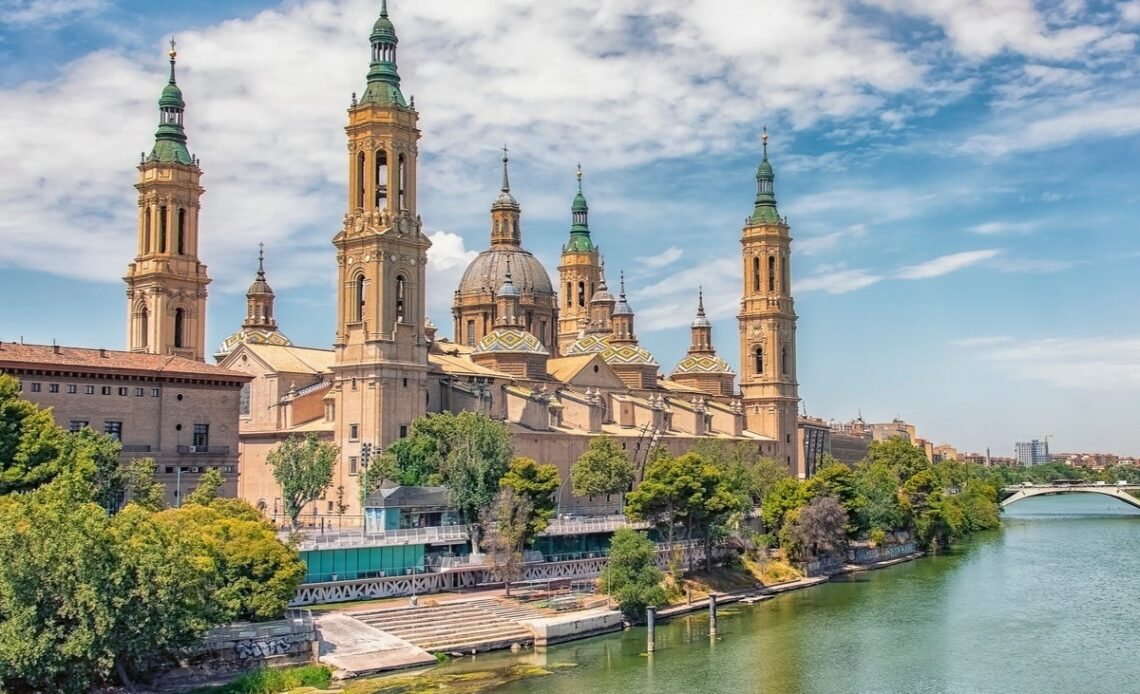To whisper the name Zaragoza is to conjure spirits. That’s certainly what this storied city’s streets seem capable of, amid sturdy Baroque church spires, splashes of Islamic tile and brick, and Roman ruins.
The city’s name passed through those three eras to become what it is today. Caesaraugusta to the Romans became Saraqusṭa to the Moors and finally Zaragoza under Spanish rule.
Zaragoza’s importance to all who controlled it is clear in the landmarks each kingdom left behind. And yet very few visitors from beyond Spain make it here, despite it being the capital of the northeastern region of Aragon and the country’s fifth largest city.
This makes it far easier to copy what the locals do, particularly when seeking out a great place to eat, such as one of the cramped taverns serving tapas in El Tubo, part of Casco Viejo’s labyrinth.
Here’s how to make the most of a trip to this underrated Spanish city.
What to do
Get lost in the labyrinthine Casco Viejo
Ribera Ebro, Zaragoza, Spain
(Zaragoza Tourism)
To get your bearings, get lost first. Casco Viejo (Old Town), bound by the Ebro River on its northern edge, is a jumble of historic streets connecting a dense concentration of churches, crowded tapas bars, Roman ruins and Mudéjar architecture. This easily walkable area reveals murmurs of the city’s many former selves at every turn, making it a joy to explore.
Start in Plaza de los Sitios, perhaps nipping into Zaragoza Museum (free, closed Mondays) first, for an overview of the city’s history. Everything else you see afterwards will have a greater context. There are also paintings by the Zaragoza’s adopted hero, Francisco de Goya, whose honorific Goya Museum (€6/£5.30, closed Mondays) lies at Casco Viejo’s core. If you’re keeping to cobbled streets with very few vehicles, there’s no wrong turn in this part of the city.
Read more on Spain travel:
Follow the pilgrims
Basílica del Pilar, Zaragoza, Spain
(Zaragoza Tourism)
After the once-mighty Kingdom of Aragón threw off the yoke of Moorish rule in the 12th century reconquista, Zaragoza was selected as its capital. Predictably, following wars between religions, the Catholic Kings doubled down on their fervour. In Zaragoza this became literal when two cathedrals, first La Seo and then, in the 17th century, El Pilar, were built.
Officially called Catedral-Basílica de…
Click Here to Read the Full Original Article at The Independent Travel…
